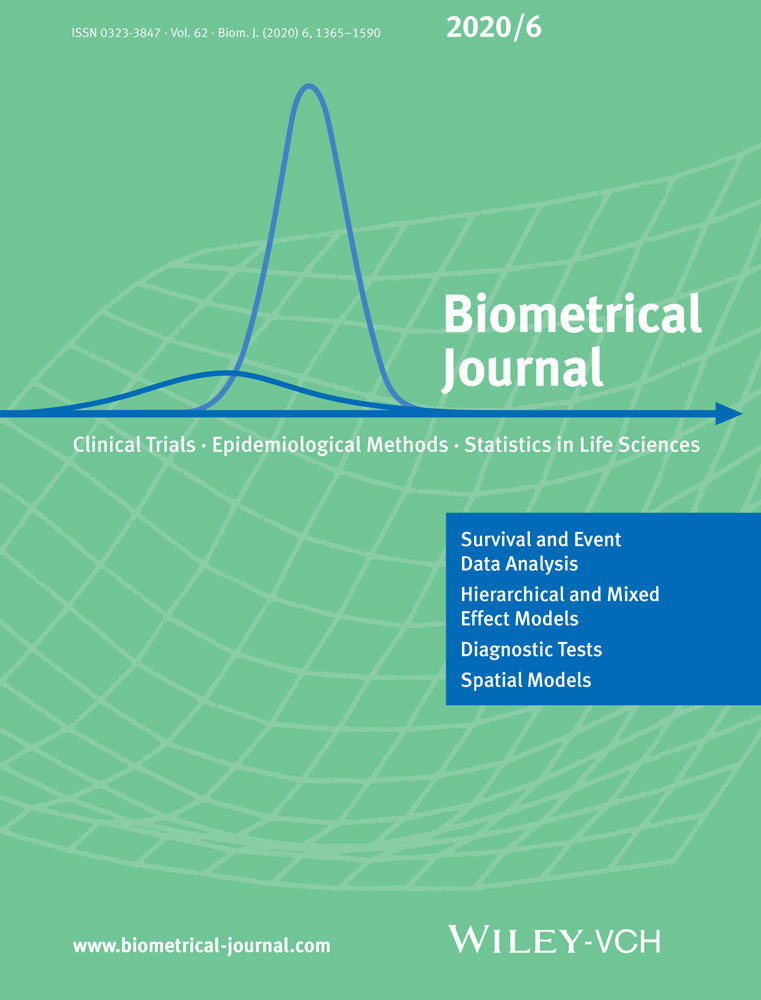A model with space-varying regression coefficients for clustering multivariate spatial count data
Abstract
Multivariate spatial count data are often segmented by unobserved space-varying factors that vary across space. In this setting, regression models that assume space-constant covariate effects could be too restrictive. Motivated by the analysis of cause-specific mortality data, we propose to estimate space-varying effects by exploiting a multivariate hidden Markov field. It models the data by a battery of Poisson regressions with spatially correlated regression coefficients, which are driven by an unobserved spatial multinomial process. It parsimoniously describes multivariate count data by means of a finite number of latent classes. Parameter estimation is carried out by composite likelihood methods, that we specifically develop for the proposed model. In a case study of cause-specific mortality data in Italy, the model was capable to capture the spatial variation of gender differences and age effects.
CONFLICT OF INTEREST
The authors have declared no conflict of interest.
Open Research
Open Research Badges
This article has earned an Open Data badge for making publicly available the digitally-shareable data necessary to reproduce the reported results. The data is available in the Supporting Information section.
This article has earned an open data badge “Reproducible Research” for making publicly available the code necessary to reproduce the reported results. The results in this paper could not be fully reproduced due to insufficient transparency of the submitted code and their computational cost.




